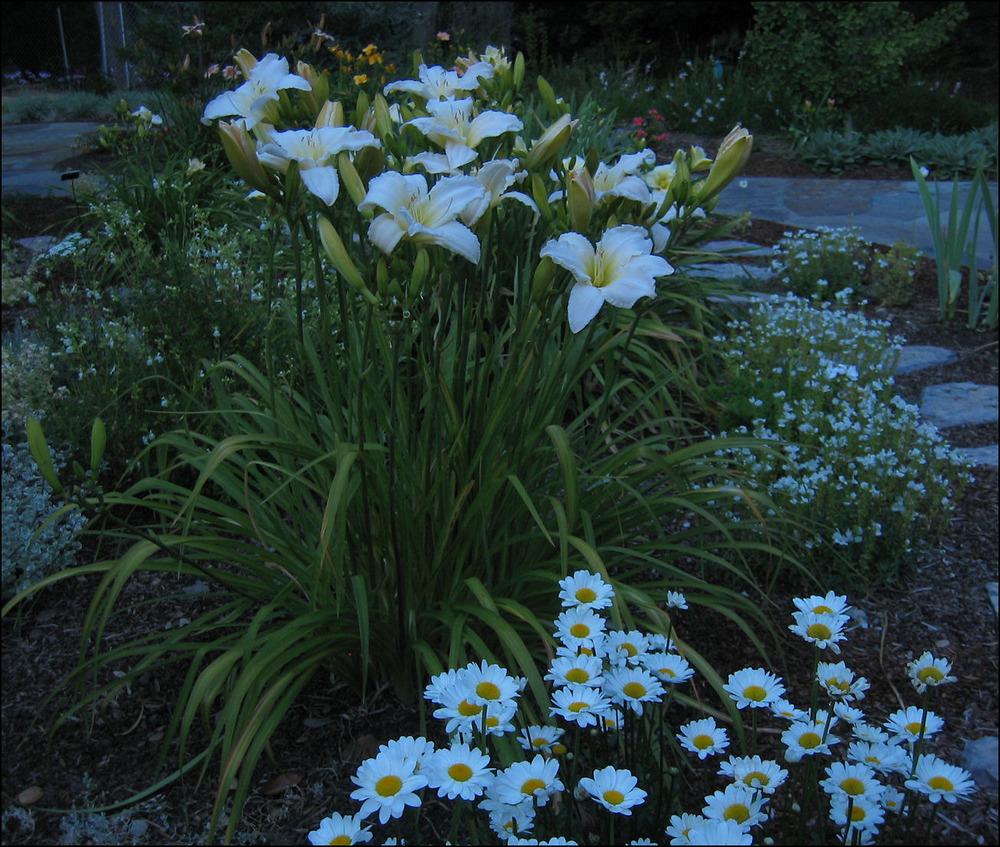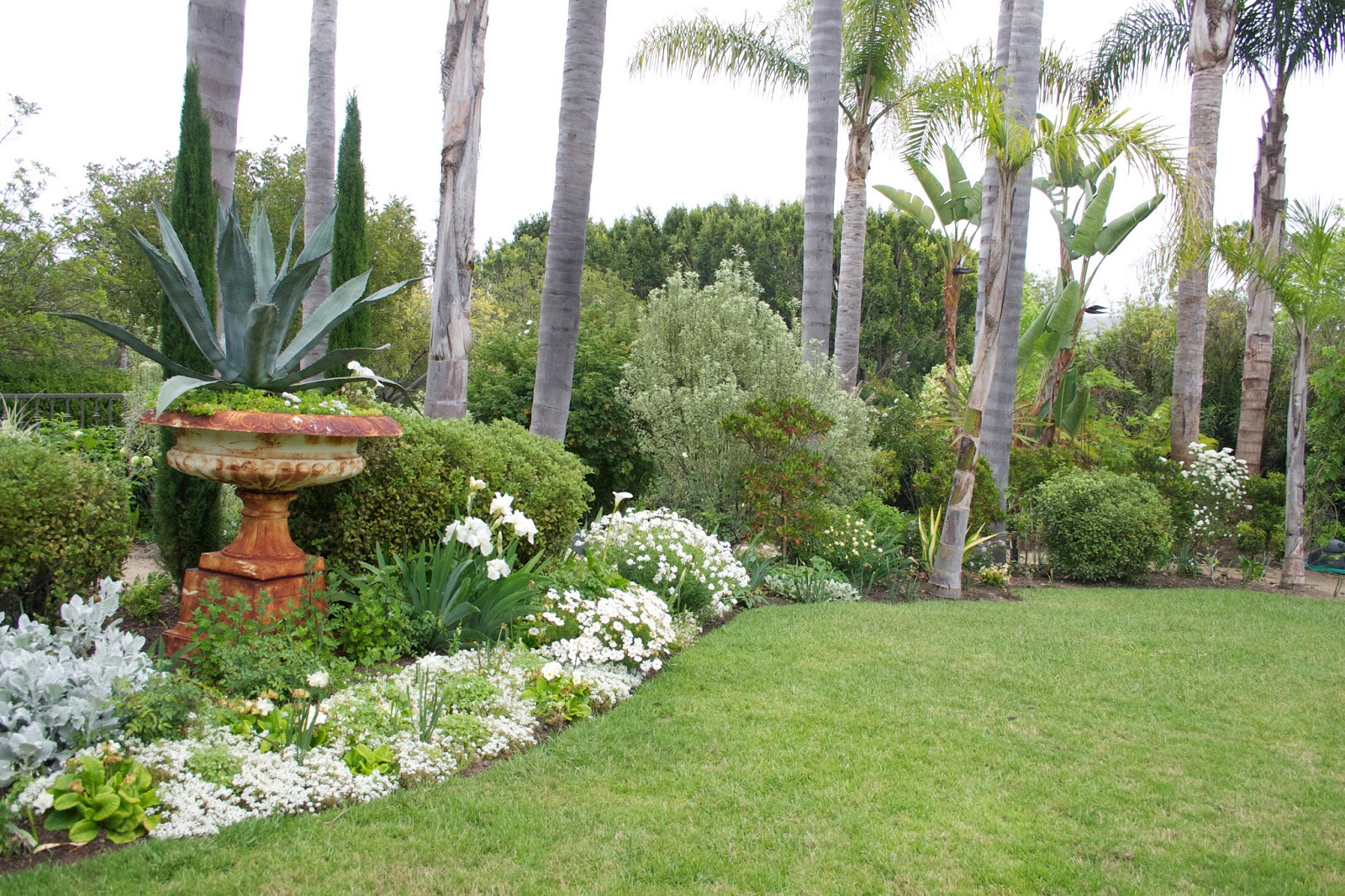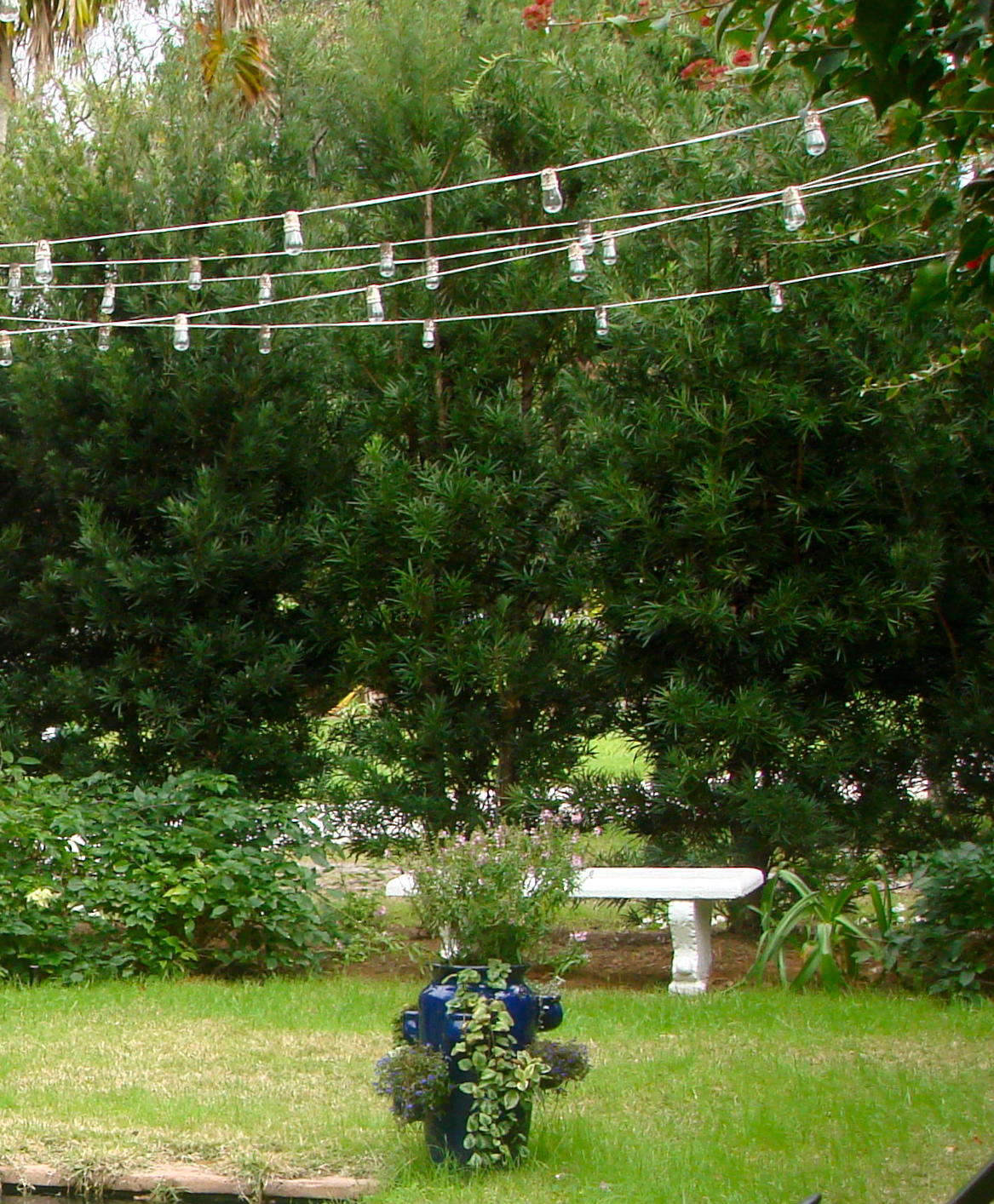
Moonlight Gardening – How to Create an Evening Oasis of Bloom and Fragrance
Summer is the time for garden parties and outdoor gatherings and evenings are the best because it is cooler. The sun is setting and your guests are enjoying a glass of wine in the twilight in the open air of the patio or the garden. You can impress them with your wicker patio furniture that will be the center of attraction at your party. If you are planning to keep your guest at awe then it is time that you pull out the big guns with your Moonlight plants.
Many plants bloom in the evening, particularly in warm climates, and their delicious fragrance can be smelled on the breeze perfuming the whole area. The flowers are usually white or light yellow. One vine that I especially like is an annual called, appropriately enough, moonflower. It’s in the same family as morning glories and the large white flowers can be up to 6 inches across and very fragrant.

The great thing about this plant is the way it opens its flowers. The large buds look like furled white beach umbrellas. But look again. Did you see the bud move? As the twilight deepens, the moonflower buds begin to twirl and as you watch them, the flower slowly opens out like a fan. There are usually a half dozen or so of these buds opening every evening and the amazing sight lasts for about a quarter-hour until all the flowers are wide awake and glowing white.
The next thing you notice is the wonderful perfume–like a cross between gardenia and jasmine. Many other evening blooming flowers such as the 4 o’clock, also release their fragrance at dusk. Plant a bed of 4 o’clock next to your patio and you will be able to watch the beautiful big sphinx moths that come to feed on the nectar from the flowers. They look exactly like hummingbirds as they hover in front of a flower extending their long ‘tongue’ into the blossom.
Moonflowers and 4 o’clock are easy to start from seed and require no particular soil or care. For added beauty in your moonlight garden, choose white or yellow flowers that show up in the dark. White marigolds, nicotiana (also very fragrant and a favorite of moths), evening primrose, honeysuckle, and night-blooming cereus are good choices but many common garden flowers have white or light-colored varieties. Plants with light green foliage like artemisia, dusty miller, lamb’s ear and sage that reflect light can also be added to your twilight garden.

So, grab your list and head for your home store or nursery. Get a variety of plants and see which ones do best in your garden. You don’t even need to have an actual garden. You can grow your evening show-stoppers in containers that can be moved around or grouped for the best effect. Make your next party a moonlight adventure and your guests will enjoy nature’s nighttime beauty.
